By Annonciata Byukusenge
We can’t succeed in air pollution contributing to climate change without the voice of a woman, because if women embrace reducing indoor emissions/ atmosphere protection policies, means the nation embraces atmosphere protection policies. In different areas, women order the children to go to the forest to collect firewood to use in daily cooking and firewood contributes to air pollution. To resolve this problem, women must be on the top to embrace sustainability solutions.
Viviane Nyirahorana wakes up at five in the morning every day. Her main activity consists of irrigation crops in a small 5-hectare farm located at Giseke, a remote rural village in the Nyaruguru district in Southern Rwanda.

Nyaruguru district with 318,126 Population, Rwanda’s pilgrimage site of Kibeho holy land, is located in the Southern province.
The district is mountainous, located in the east of Nyungwe forest- one of the oldest rainforests in Africa rich in biodiversity.
The 60-year-old mother never envisioned that her efforts in the crafting cooking stove would pave the way for women workers in her remote village to pursue prosperous lives.
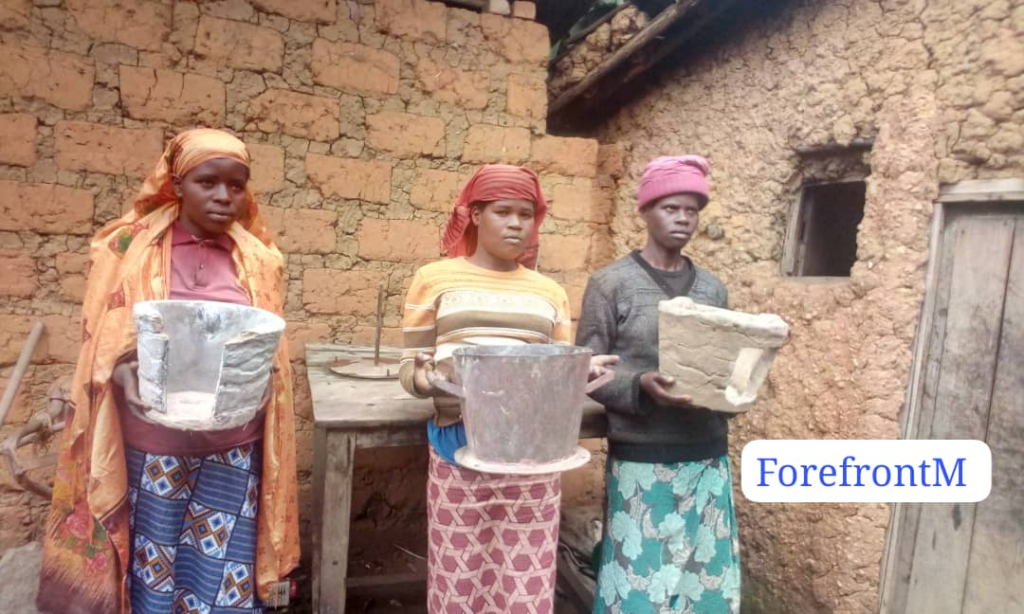
“In 2020, I started to craft cooking stoves. During the lockdown in March and April, I put more effort into making improved cookstoves as an alternative source of income because I had lost my job in the city of Kibeho. It was an opportunity to put my dream into practice as a woman because I had time to express my emotions about reducing indoor emissions. I crafted the first stove and it didn’t look good. But I tried to push until I produced an improved cook stove which was using less firewood,” she said.
After realizing that it was possible, Nyirahorana encouraged her colleague women and explained to them how there are solutions to reduce emissions from their homes and to get alternative sources of income.
The woman witnessed that after the lockdown, they conducted a campaign in their village to inform the community about the importance of reducing greenhouse gas emissions to their life and how they can protect the forest by using improved cookstoves that use less firewood and is a way to reduce greenhouse gas emissions.
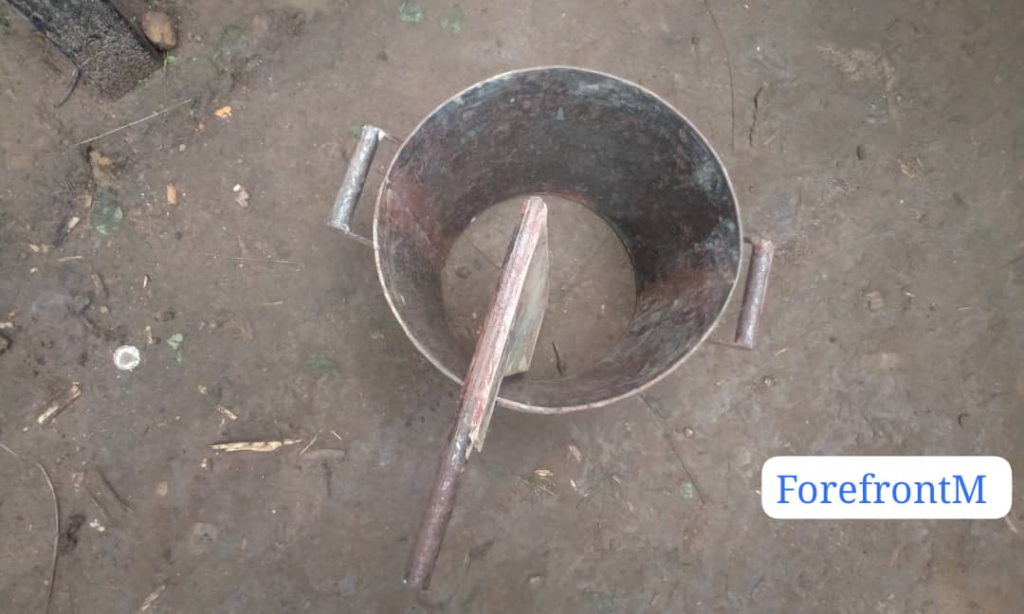
Although some of the women had previously skills to make small bricks as building materials, they didn’t have improved cook stove production skills until the Union des Coopératives Agricoles Intégrées / Union of Integrated Agricultural Cooperatives (UNICOOPAGI) in partnership with TROCARE supported them.
After gaining knowledge about reducing greenhouse gas emissions, the greenpreneurs embarked on making modern cookstoves to save the forests.
They attended four training sessions within one week and obtained a machine to facilitate their work.
Securing deals from the district
“Later we sold the stoves to the neighbors because they had understood the importance of reducing greenhouse gas emissions to their life. The Nyaruguru district leadership, through our Ruramba sector, urged us to make improved cookstoves to be distributed to the needy people of the first and second social categories because they cannot afford them,” she said.
She added, “It’s a great opportunity because we’re saving the climate and making money.” They sold one stove at Rwf3, 000 including the price to install it.
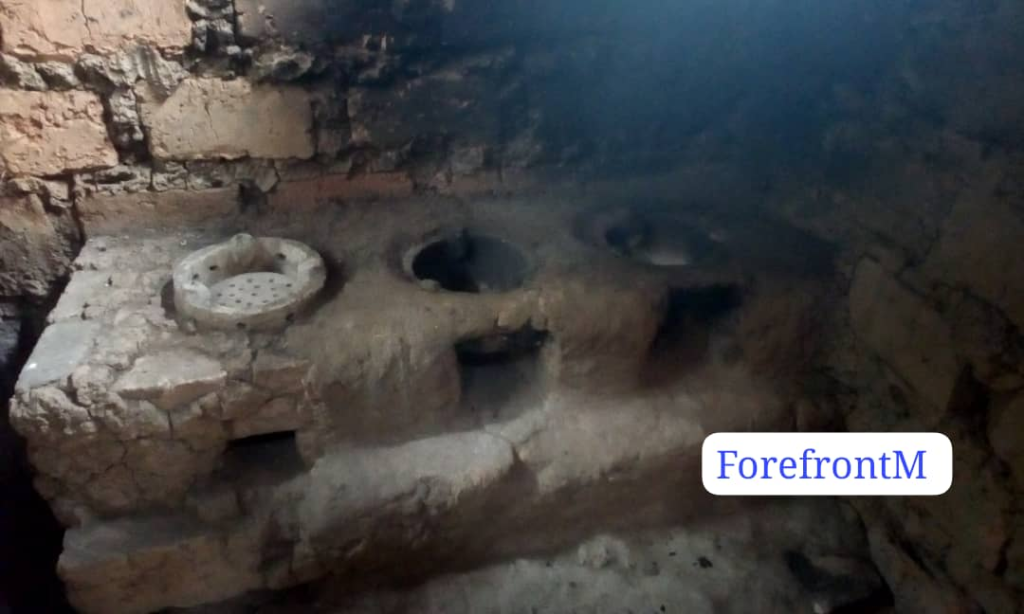
Since UNICOOPAGI had provided them with a machine that helped them to manufacture the modern stove using less charcoal or wood and reducing greenhouse gas emissions, they managed to produce many and generate their income.
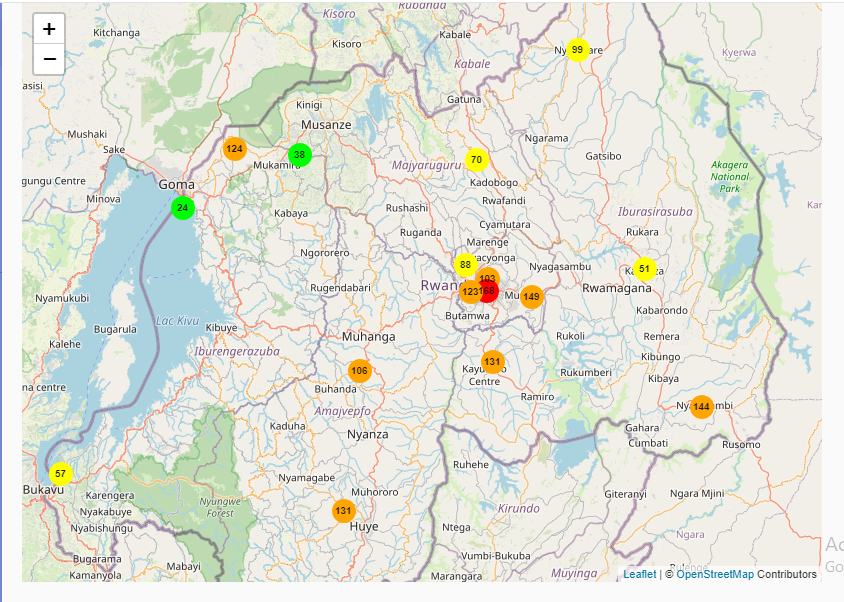

The women are still manufacturing improved cook stoves depending on orders from those who need them.
Immaculée Uwizeyimana, a mother of three children said that after becoming aware of reducing greenhouse gas emissions, she also embraced improved cookstoves as an entrepreneur.
“I can make stoves as a business. I am proud as a woman that I contribute to combating climate change by reducing indoor emissions. Before starting this business, I had a monthly income equivalent to Rw20, 000. Today I earn an income between Rwf50,000 and Rwf60,000 per month,” she noted, stressing the benefits gained after knowing the importance of reducing greenhouse gas emissions to their life.
Isabelle Nyiraminani, a young girl, is committed to combating with climate change through craft cooking stoves and reducing greenhouse gas emissions.
She said she benefitted a lot from being an activist.
“I joined the team of women to combat climate change and reduce greenhouse gas emissions in 2021 when I had nothing. I learned to make cooking stoves and the importance of protecting the atmosphere. Now I can raise awareness among other young girls and boys to inform them about the importance of combating climate change in our lives. Today our behavior on indoor emissions has changed,” she said.
Uwizeyimana is a mother who is enjoying the benefits after joining a group of women committed to combat climate change and reducing greenhouse gas emissions.

“Before joining this group, I could not even afford to pay health insurance for my family members. But in 202, I started to pay their health insurance premiums on time because I had income. And I am self-reliant. I can buy clothes for myself, my children, and my husband as a surprise,” she testified.
Solange Uwumuremyi, a neighbor added, “Before using the improved cooking stoves, I would use five bundles of wood when I am cooking beans on a traditional stove and the emissions were too much. Now I use four pieces of wood to cook beans on a modern cooking stove and indoor emission is less.”
Challenges
Although they sensitize other people about reducing indoor emissions with facts that improved cooking stoves help them to reduce the quantity of firewood and increase the quality of the air quality, they don’t have enough resources to reach many people.
Ildephonse Serusatsi, a 64-year-old, joined a group of five women to raise awareness about reducing indoor emissions.
However, he said they face challenges.
“The first challenge is that we have some people who don’t understand the importance of reducing indoor emissions in their lives. This is the problem because they still contribute to the air pollution,” he noted.
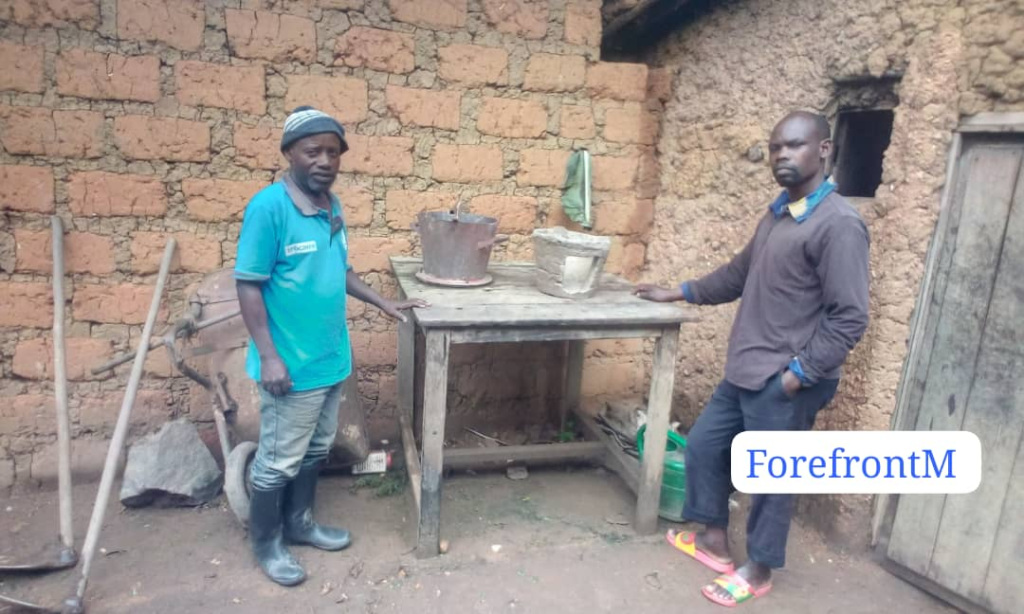
He added that they as six people have one machine helping in the cookstove manufacturing which is not enough.
“This machine can help us to produce between 300 and 400 cooking stoves per month, and we need to make at least 1, 000 cooking stoves per month because now the stoves we are currently producing are not enough.
If we can get a partner or a sponsorship, we can buy two other machines to produce more in other villages,” he said.
Théogène Sebagenzi, a local leader of Kabari village in Giseke Cell, Ruramba sector in Nyaruguru district, confirmed that this climate change group is significantly contributing to the development of their district.
“This group is helping us to fulfill the Imihigo-performance contracts like reducing indoor emissions, forest conservation, because they make cooking stoves which we give to our vulnerable community in the first and second category to reduce pressure on forests and increase air quality,” he said.
He added that this group is boosting sanitation in the community because the improved cooking stoves improve the sanitation in their kitchens.
The improved Cooking stoves reduce the use of firewood in homes by 42 percent.

Climate change can affect conditions indoors by worsening existing indoor air quality issues and introducing new ones. Most people in the United States spend about 90% of their time indoors. The air we breathe indoors, and ultimately our health, can be impacted by many factors, including the air quality outdoors, people’s activities indoors, and the design, construction, operation, and maintenance of a building. Indoor Air Quality and Climate Change.
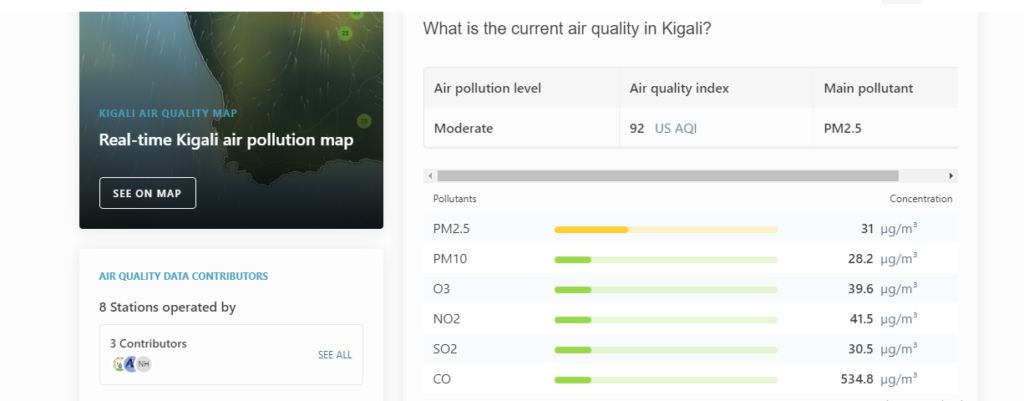
Around 3 billion people around the world, especially in low-income countries, cook indoors using polluting open fires or simple stoves fueled by kerosene, biomass, and coal, which produce indoor air pollution (IAP). According to WHO, the population of sub-Saharan Africa, South and East Asia, and the Western Pacific experience the highest rates of health problems from exposure to indoor pollutants. According to the World Bank’s sustainable energy database, only one-third of the Rwandan population has access to electricity.
After reading a report that Rwanda has a high burden of communicable and non-communicable diseases (NCDs), with the latter making up 50% of deaths in 2019, Country Disease Outlook Rwandan women are committed to combating climate change by reducing indoor emissions through crafting cooking stoves.
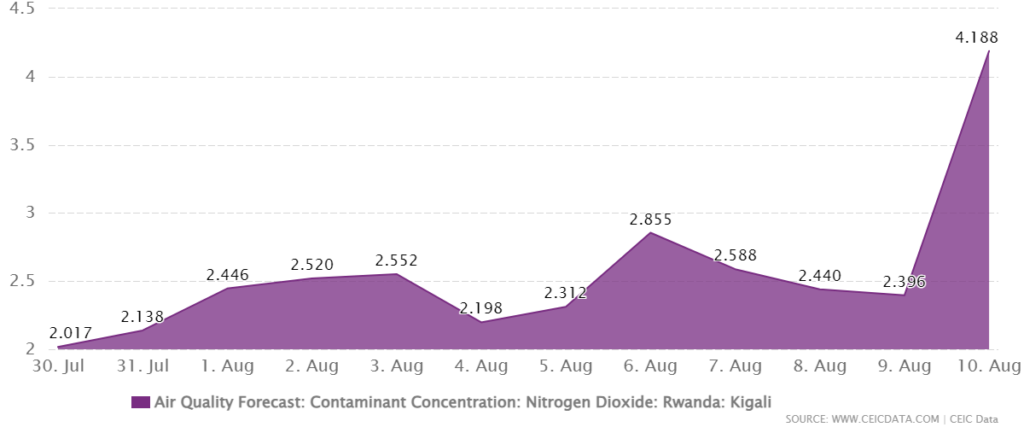
Air, water, and waste pollution are major environmental problems in Rwanda and women are more affected than men. Outdoor annual PM2.5 levels in Rwandan cities can reach four times the value of WHO guidelines. In addition, much of the Rwandan population is regularly exposed to dangerous levels of indoor air pollution. Indoor air pollutants in Rwanda, particularly PM2.5, are estimated to be between 50 and 200 μg/m3 in homes using charcoal and wood, and between 40 and 80 μg/m3 for homes that use propane gas for cooking and kerosene for lighting
Rwanda Energy Group (REG), is carrying out a countrywide awareness campaign on the use of safe, effective, and clean cooking technologies to ensure that Rwanda meets its targets to reduce the use of biomass energies to cook in households.
Currently, around 80 percent of Rwandans still use firewood for cooking but, by 2024, Rwanda is targeting to have reduced the figure to 42 percent.
According to Eng. Oreste Niyonsaba, the Manager of Social Energies, said the number of people who use modern stoves is still low which threatens environmental conservation and reduces indoor emissions.
“To ensure the air quality, we are encouraging the public to embrace the use of modern cooking gas and stoves to help them reduce indoor emissions,” Niyonsaba said.
He noted that if the public continues to cut trees for firewood, the country risks desertification and that’s why the public should be aware of the consequences and embrace the safe cooking system.
The government is taking steps towards supporting 500,000 families with energy-efficient cook stoves at subsidized prices to encourage eco-friendly lifestyles. The Clean Cooking Result Based Financing (CC-RBF) project is being implemented by the Development Bank of Rwanda (BRD) and Energy Development Corporation Limited (EDCL), under the World Bank’s fund of $20 million.
The move aims to reduce the number of families relying on firewood for cooking from 79% in 2017 to 42% by 2024. The EDCL reports that more than 50,000 households have received improved cook stoves since the program’s launch in 2021, running until 2026.

Official data from the Ministry of Environment in 2021 shows that 72% of charcoal is consumed nationwide, with at least 61,000 sacks of charcoal weekly supplied to Kigali City.
At least 380 hectares of forest are felled every week for charcoal production and firewood, according to the ministry.
Rwanda has a wide range of interventions that contribute to global efforts to reduce emissions of air pollutants.
30.4% of Rwanda is covered with forests, thanks to the annual tree planting initiative.
Plastic bags were banned in 2008 and single-use plastics in 2019.
Ambitious climate action agenda that features a 38% reduction of greenhouse gas emissions by 2030.
Mobilization of citizens to switch from cooking with wood and charcoal to cleaner alternatives such as electricity, gas (LPG), and efficient cookstoves.
Electric vehicle scheme comprising 20 e-Golfs being piloted through Volkswagen Mobility Solutions.
Electric motorbike start-up, Ampersand, secured a US $3.5 million investment from private capital to expand the availability of electric motorbikes. http://Rwanda launches Air Quality Monitoring System

